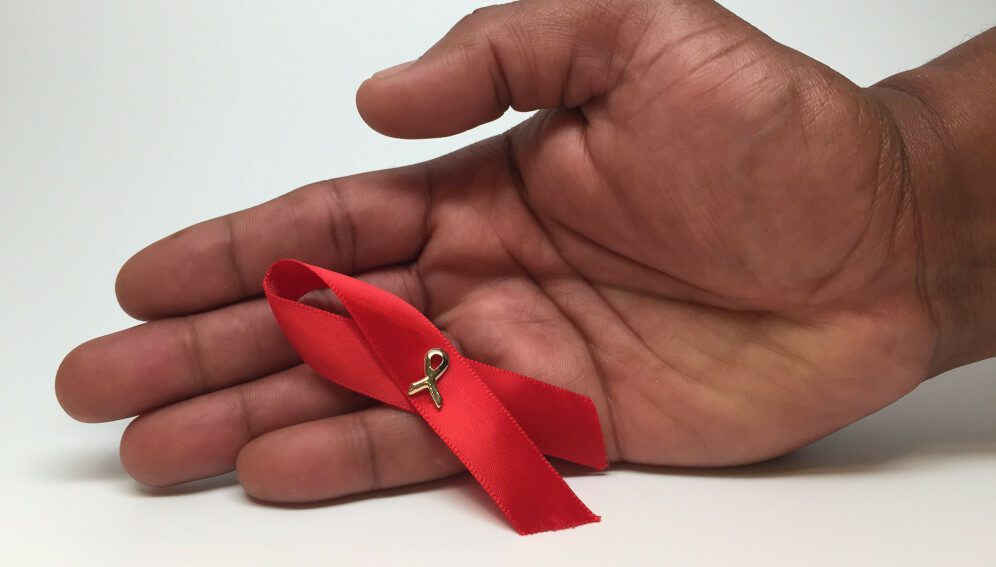01/12/21
More tracking of HIV drug resistance vital – WHO

By: Sanjeet Bagcchi
Send to a friend
The details you provide on this page will not be used to send unsolicited email, and will not be sold to a 3rd party. See privacy policy.
Countries must step up their monitoring of resistance to antiretroviral drugs for HIV to ensure that lifesaving therapies remain effective, a World Health Organization (WHO) report urges.
The WHO’s latest HIV Drug Resistance Report was released ahead of World AIDS day (1 December). HIV, the virus that causes AIDS, is one of the world’s most serious public health challenges with around 37.7 million people worldwide affected by the virus in 2020, according to UNAIDS. Resistance to the drugs used to fight it is rising.
The WHO recommends an urgent change in first-line HIV drugs where drug resistance among ten per cent of adults beginning therapy has been reached in a country, for treatments such as nevirapine and efavirenz. These treatments belong to a group of drugs called non-nucleoside reverse transcriptase inhibitors (NNRTI).
“This report has some concerning granular findings on increase in the trends on pretreatment resistance to ART [antiretroviral therapy], especially to NNRTIs.”
Raghavendra Tirupathi, medical director Keystone Infectious Diseases, US
The report says an increasing number of countries are reaching the ten per cent threshold for pretreatment resistance to NNRTIs and people who have had previous exposure to antiretroviral drugs are three times more likely to demonstrate resistance to this class of drug.*
Pretreatment drug resistance, or PDR, is defined by the WHO as resistance that is detected among people either newly initiating or reinitiating first-line antiretroviral therapy.
Nitika Pant Pai, associate professor at the department of medicine at McGill University, in Montreal, Canada, told SciDev.Net: “There was always this underlying fear, in the HIV community, about pre-treatment [drug resistance] crossing that ten per cent threshold, and this report basically confirms our fears.”
The WHO says the findings support the need to speed up the transition to regimens containing the drug dolutegravir — which is more effective and less prone to resistance — in countries that continue to use NNRTI-based antiretroviral therapy, especially for children.
In surveys conducted in Sub-Saharan Africa, pre-treatment drug-resistance was observed in about half of infants newly diagnosed with HIV and there was a high prevalence of pre-treatment drug resistance to nevirapine and efavirenz, the report says.
The WHO has recommended use of dolutegravir as the preferred first- and second-line of treatment for all population groups since 2019. It says it is more effective, easier to take, and has fewer side effects than other drugs currently in use.
Jorge Martinez-Cajas, assistant professor at the department of medicine at Queen’s University, in Ontario, Canada, said it was encouraging that more countries were effectively switching to dolutegravir-based regimens and the trend should be accelerated. “This switch will likely preserve the usefulness of antiretroviral treatments throughout this generation,” he said.
The WHO report also looked at the use of pre-exposure prophylaxis (PrEP), a prevention method where HIV-negative individuals with increased risk of HIV infection take specific drugs to protect themselves against the infection.
“Although PrEP users have a substantially reduced risk of acquiring HIV, individuals who become infected are at risk of having drug-resistant HIV,” it said. According to the WHO, PrEP should be conducted along with surveillance of HIV drug resistance.
The report also suggested that, for HIV, substantially suppressing the load of the virus in populations undergoing antiretroviral therapy prevented the emergence of drug resistance. It revealed a surge in the number of countries that showed high levels of viral suppression (at least 90 per cent) from 33 per cent in 2017 to 80 per cent in 2020.
In Zambia, survey data for viral load among children and adolescents undergoing antiretroviral therapy for at least 36 months showed that the prevalence of viral load suppression was substantially higher in those receiving a dolutegravir-based regimen (92 per cent) compared to those receiving NNRTI-based antiretrovirals (61 per cent).
“This report has some concerning granular findings on increase in the trends on pretreatment resistance to ART [antiretroviral therapy], especially to NNRTIs,” said Raghavendra Tirupathi, medical director of Keystone Infectious Diseases, at community health facility Keystone Health in the US.
He said a “concerted effort” and more funding was needed to collect data on this form of resistance from low- and middle-income countries.
According to the report, to prevent, track and address HIV drug resistance, 25 out of 39 focus countries — those with a high HIV burden — had national action plans in 2020, compared to 13 out of 18 focus countries in 2018.
Isaac Olufadewa, executive director of the Slum and Rural Health Initiative, a non-profit organisation based in Ibadan, Nigeria, told SciDev.Net: “This report … reveals the evidence and implementation gaps in identifying, monitoring, and preventing HIV drug resistance, such as the finding that very few countries have successfully completed the WHO HIV drug resistance national surveys.”
According to Olufadewa, it is important to prioritise “high-impact” solutions to combat HIV drug resistance, such as ensuring uninterrupted HIV drug supplies while improving surveillance efforts.
*This article was updated on 2 December to clarify that the ten per cent threshold refers to pretreatment drug resistance.
This piece was produced by SciDev.Net’s Global desk.


